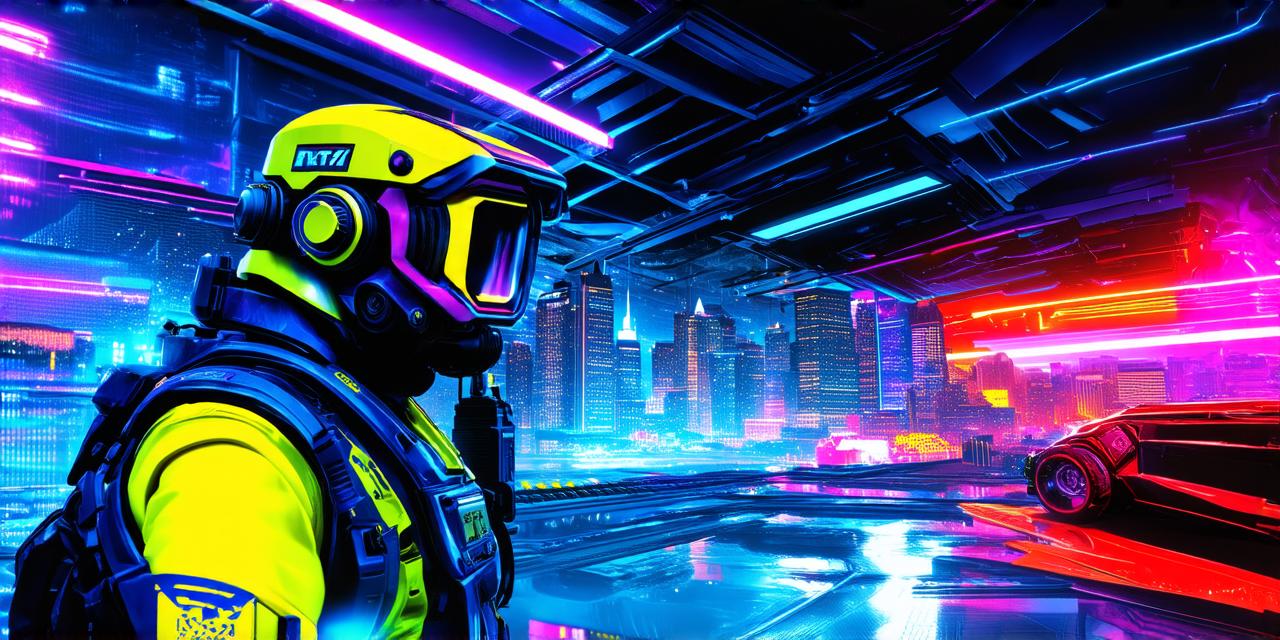
NFT games have been gaining popularity in recent years as a unique way to engage players and monetize their skills and creativity. But with the rise of new technologies and games, it’s important to consider whether these games are still maintaining their popularity and if they will continue to do so in the future. In this article, we will explore some of the key factors that contribute to the success of NFT games and discuss how they can maintain their popularity in a competitive marketplace.
First, let’s take a look at what NFT games are and how they work. NFT (Non-Fungible Token) games are digital games that use blockchain technology to create unique and valuable assets for players to collect and trade. These assets can include in-game items such as weapons, characters, or land, as well as real-world items like artwork or collectibles. The value of these assets is determined by supply and demand, with rare and valuable items commanding higher prices.
One of the key factors contributing to the popularity of NFT games is their ability to create a sense of ownership and scarcity for players. By using blockchain technology, NFT games can ensure that each asset is unique and cannot be replicated or replaced. This creates a feeling of exclusivity and value for players, which can drive engagement and loyalty.
Another factor is the potential for monetization. As mentioned earlier, the value of NFT assets is determined by supply and demand, which means that rare and valuable items can command high prices. This creates an incentive for players to collect and trade these assets, which can generate revenue for both the game developer and the players themselves.
However, NFT games are not immune to market fluctuations and competition. As with any new technology or trend, there is always a risk that other similar products will enter the market and disrupt the existing order. This is particularly true in the gaming industry, where new technologies and business models are constantly emerging.
To maintain their popularity, NFT games must continue to innovate and adapt to changing market conditions. This could involve developing new game mechanics or features, partnering with other brands or companies to create unique assets or experiences, or expanding into new markets or demographics.
One example of a successful NFT game that has been able to maintain its popularity is CryptoKitties. Launched in 2017, this blockchain-based game allows players to collect and breed digital cats, which can be bought, sold, and traded on the open market. The game has been highly successful, with millions of active users and over $30 million worth of transactions taking place every day.
Another example is Rarible, an NFT marketplace that allows artists to mint and sell their own digital art as NFTs. Since its launch in 2018, Rarible has become a popular platform for artists to monetize their work and connect with fans and collectors. The platform has also been used by brands and companies to create unique marketing campaigns and promotions.
In conclusion, while there is always a risk of market disruption and competition in any industry, NFT games have shown that they can maintain their popularity by innovating and adapting to changing market conditions. By creating a sense of ownership and scarcity for players, offering potential for monetization, and continuously evolving and expanding, NFT games can continue to capture the imagination of players and generate revenue for both developers and players alike.
FAQs:
1. What are NFT games?
NFT games are digital games that use blockchain technology to create unique and valuable assets for players to collect and trade.
2. How do NFT games create a sense of ownership and scarcity for players?
By using blockchain technology, NFT games can ensure that each asset is unique and cannot be replicated or replaced, creating a feeling of exclusivity and value for players.
3.
